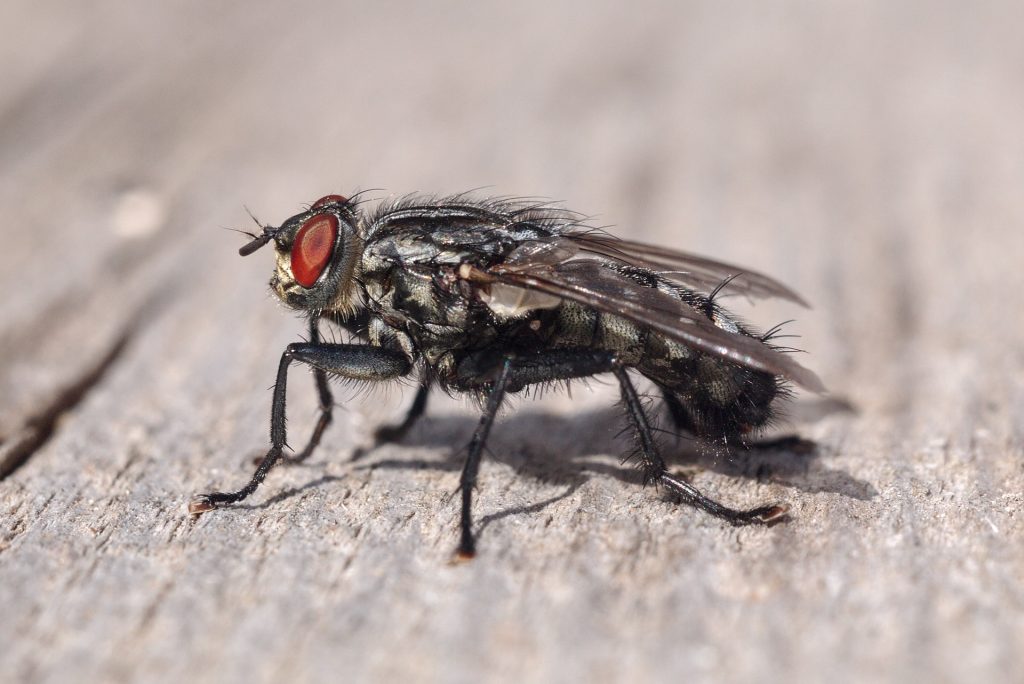
A study published in Nature Microbiology has for the first time provided compelling evidence of connections between antimicrobial-resistant bacteria causing surgical-site infections and insects and other arthropods. Among these bacteria are those with resistance to drug-of-last-resort.
Antimicrobial resistance (AMR) could render many of the current mainstay and last-resort antibiotics useless, resulting in many more deaths from previously treatable infections. A UN report estimated in 2019 that AMR could lead to ten million deaths per year, and cost the world $100 trillion, by 2050.
“Similar to our experience over the last eighteen months with the pandemic, a problem currently seen from afar will quickly come into focus much closer to home” said Professor Tim Walsh at Oxford University
The report found that:
- About 20% of the flies, cockroaches, spiders, moths, and ants were carrying carbapenem resistance.
- Of these, 70-80% were carrying extended spectrum cephalosporin resistance, that is, enzymes that confer resistance to most beta-lactam antibiotics, including penicillins, cephalosporins, and the monobactam aztreonam.
- Currently there are about 18 million flies to every human, but conservative global warming projections estimate insect and fly population will double if temperatures increase by 1.5 degrees.
- By 2080 there could be around 50 000 trillion flies carrying carbapenem resistance and spreading AMR across the planet.
“Similar to our experience over the last eighteen months with the pandemic, a problem currently seen from afar will quickly come into focus much closer to home,” said Prof Walsh. “The clinical burden of AMR is most felt in low-middle income countries, but the increase in global temperatures, due to climate change, will result in a significant increase in flies and many other insects and a subsequent increase in the global velocity of antibiotic resistance.” Prof. Tim Walsh, Oxford University.
AMR is a pervasive issue, stretching from hospitals to farming and human waste processing. Resistance can spread within hospitals, communities, farms, and wastewater systems, and domestic animals can share AMR microorganisms with humans.
One tactic is to repurpose previously developed drugs that did not work for humans and use these for animals, buying time for us to develop new drugs.
Another is to rethink hospital prevention and infection control measures, especially in lower- and middle-income countries. Further research into how arthropods disseminate AMR and improving healthcare infrastructure to reduce the spread of AMR by arthropods.
“Most antibiotics currently used on animals are also the same that are used in humans, creating a pool where bacteria can evolve to evade drugs and then reinfect humans,” said Prof Tim Walsh of Oxford University.
“There is no silver bullet when it comes to tackling the worldwide threat of AMR,” he added. “The Ineos Oxford Institute for AMR Research is committed to finding non-human antibiotic therapies and feeds for animals, addressing the increase in AMR in human infections and raising awareness of this hidden threat to human health. But this is a global medical crisis that ultimately will only be resolved with a global response.”
Source: Oxford University

